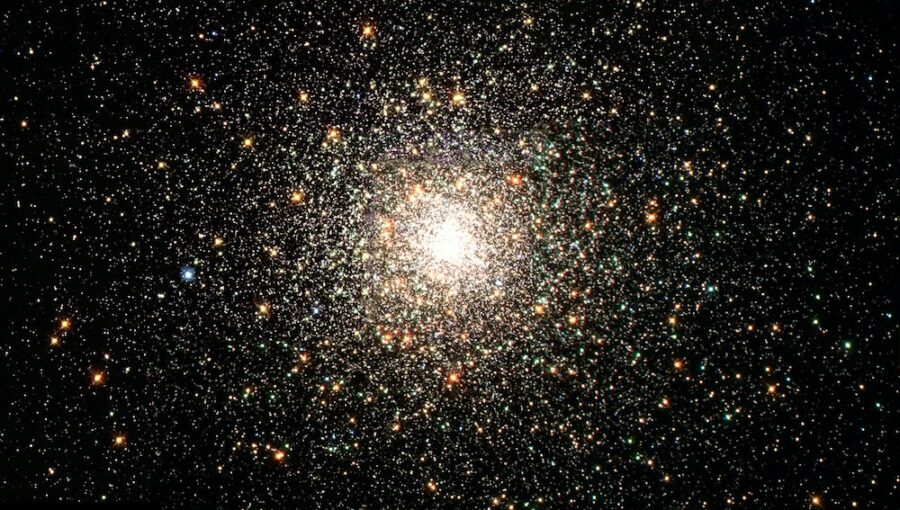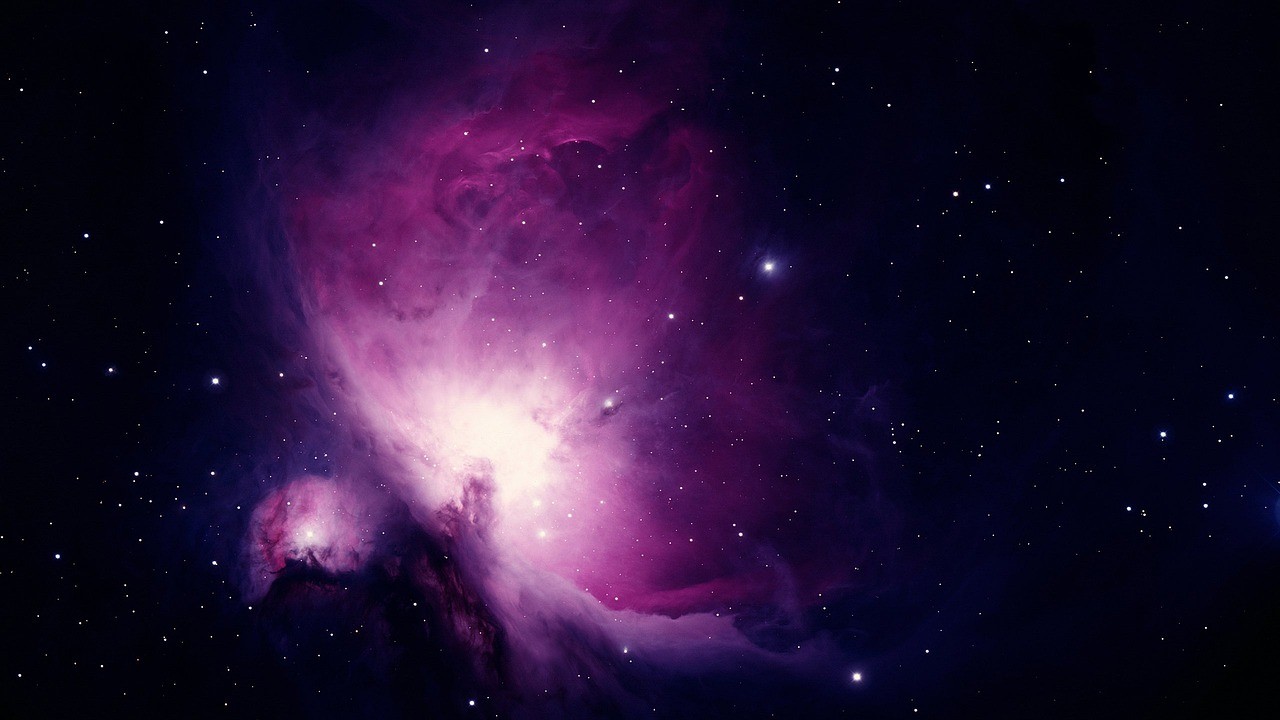Ghost Circles In Deep Space Finally Explained?

Sometimes, the details we learn about outer space make us agree with Dr. McCoy that the galaxy can be pretty scary. For example, since 2019, scientists have been trying to figure out what was behind the mysterious “ghost circles” they have sighted in the cosmos. These odd radio circles (or ORCs) have confused the science community for years, but researchers studying the phenomenon now believe that the circles are shockwaves that are both shaped and carried “by tremendous winds blowing out from galaxies at their centers.”
To understand the significance of this discovery, you need to first understand the original discovery (and subsequent confusion) regarding these ghost circles. Originally, they appeared as ORCs, meaning that they were detected by radio telescopes but could not be detected by any other instrumentation.
One of the reasons the ghost circles are relatively rare is that certain conditions must be met for them to travel throughout space.
Scientists had encountered other ORCs before, but these mysterious ghost circles were particularly fascinating because they looked like a much larger version of the supernova and nebulae remnants that were previously discovered.
Those ghost circles were first discovered in 2019, but it wasn’t until last year that researchers made a major breakthrough: they discovered that there appeared to be a galaxy inside the ORCs in question. At that point, the primary theory that emerged was that the ORCs might have come from a central galaxy and expanded outward due to the combustion of hot gas. Eventually, this led University of California San Diego astrophysicist Alison Coil to put forth a very compelling theory.

She is a specialist studying starburst galaxies, which is a very literal term. These are galaxies that have experienced stars being born and dying out in such rapid succession that it is known as “starbursting.” By conducting experiments using the WM Keck Observatory, Coil and her colleagues were able to determine that the ghost circles most likely came from “galactic outflows” and that this may have occurred after starbursting.
Such starbursting occurs naturally when galaxies collide, and the galactic wind created by the dying stars is enough to propel the ghost circles through space.
Those ghost circles were first discovered in 2019, but it wasn’t until last year that researchers made a major breakthrough: they discovered that there appeared to be a galaxy inside the ORCs in question.
One of the reasons the ghost circles are relatively rare is that certain conditions must be met for them to travel throughout space. For example, the galaxy in question would need to be ejecting plenty of material at an accelerated rate, which is what we see when a galaxy is starbursting.
Additionally, the gas immediately outside that galaxy needs to be low-density for the shockwave to travel; otherwise, the shockwave would stall out, meaning that plenty of potential ghost circles may die before they can haunt researchers here on Earth.
As usual, finding answers to some of the questions they had about ghost circles has led to more questions for Allison Coil and her team: they still don’t know if all starbursting galaxies create this phenomenon, and they still don’t know exactly how long these ORCs remain visible before it is impossible to see for us to detect them. In the meantime, we might be a little less paranoid than Dr. McCoy on Star Trek, but we’ve still got a healthy fear of space.
After all, if outer space can have “ghost circles,” then maybe all those memes about the moon being haunted have some kernel of truth to them.
Source: Nature












